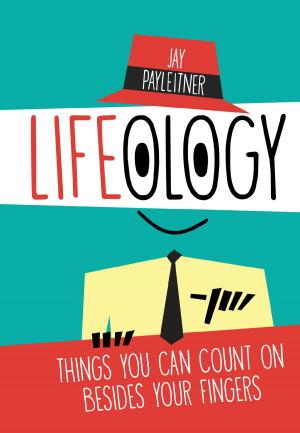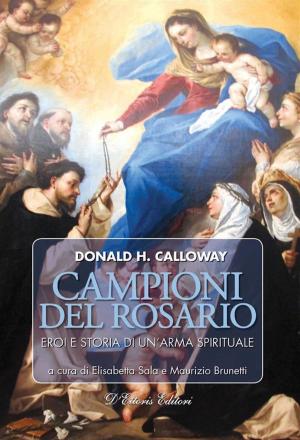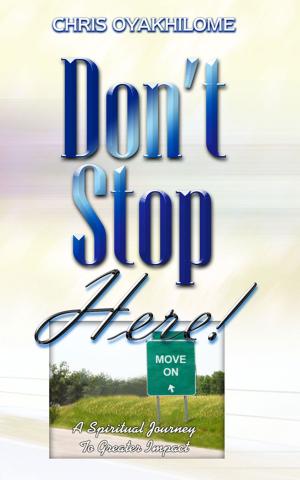A Great and Terrible Love: A Visionary Journey from Woodstock's Sorceries to God's Paradise
Nonfiction, Religion & Spirituality| Author: | Steve Rafalsky | ISBN: | 9781370605026 |
| Publisher: | Steve Rafalsky | Publication: | April 29, 2017 |
| Imprint: | Smashwords Edition | Language: | English |
| Author: | Steve Rafalsky |
| ISBN: | 9781370605026 |
| Publisher: | Steve Rafalsky |
| Publication: | April 29, 2017 |
| Imprint: | Smashwords Edition |
| Language: | English |
Back in the 1960s the widespread use of psychedelic drugs (LSD, mescaline, psilocybin mushrooms, peyote, grass, etc) by the counterculture “Woodstock generation”—yet including politicians, artists, therapists, intellectuals, the CIA, and others—introduced a new element into the collective consciousness of the U.S. (and the U.K.), namely, the widespread use of what, classically, has been termed sorcery. As written of the antihero-cum-protagonist in the Preface to this work,
“Although he didn’t see it at the time, nor for many decades following, more was going on in the psychedelic revolution of the 1960s than anyone imagined—occult happenings that would impact ‘the spirit of the age’ come the 21st century like pounding blows on the body and soul of humankind.”
Sorcerous potions, whether ingested or smoked, have for millennia been the staple of those who wanted to rend the veil between the human dimension of consciousness and the spirit world. They are a very specific class of drugs, capable of affecting awareness to achieve this.
This is the story—in the genre visionary adventure nonfiction—of a young poet-occultist swept up in the currents of our age, part of which was dissatisfaction with the cultural and spiritual state of things back then, and an openness to radical change, especially as regards our consciousness.
Initially it is a very personal account, an adventure in the seeking of such changes in consciousness, primarily the various spiritual paths available—mostly from the East—and lauded by folks like Tim Leary, Jack Kerouac, the Beat poets, and then picked up by various singers and rock groups.
Strangely, after failing in one spiritual path under a master, he fell into an abyss in the human heartlands and walked among archetypal horrors that existed not only outside his being, but became manifest within it, illumining in their dark light aspects of the human condition that were the very stuff of horror tales—vampire, werewolf, zombie—which both terrified and enthralled generations of souls in the last and the present century. Many are the fictional books and films about these things, though this book purports to be nonfiction, and such it is.
But then he is wondrously rescued from this horrific pit within the heart, and joins a spiritual community gathering around the master who pulled him out. He begins afresh the adeptship he once started and ignominiously failed, and eventually graduates. He marries an old friend from his youth—he is 54 at this point, still in good shape, a recently trained American Red Cross Lifeguard—and in a few years moves to the Middle East to help her family, and there starts a small spiritual community.
At this point he embarked, while teaching, on an experience in the Apocalypse of John, and the sight afforded therein, with the result of opening the vision of that book—relevant not only to the first century, but to the twenty-first, even to these violent and tumultuous days of 2017.
Thus, one could consider this half-century-long saga an apocalyptic tale, for the vision is true, and reveals both dynamics and events currently taking place in our world, and how they will end.
Included in this work is the fifty-page booklet, A Poet Arises In Israel.
Back in the 1960s the widespread use of psychedelic drugs (LSD, mescaline, psilocybin mushrooms, peyote, grass, etc) by the counterculture “Woodstock generation”—yet including politicians, artists, therapists, intellectuals, the CIA, and others—introduced a new element into the collective consciousness of the U.S. (and the U.K.), namely, the widespread use of what, classically, has been termed sorcery. As written of the antihero-cum-protagonist in the Preface to this work,
“Although he didn’t see it at the time, nor for many decades following, more was going on in the psychedelic revolution of the 1960s than anyone imagined—occult happenings that would impact ‘the spirit of the age’ come the 21st century like pounding blows on the body and soul of humankind.”
Sorcerous potions, whether ingested or smoked, have for millennia been the staple of those who wanted to rend the veil between the human dimension of consciousness and the spirit world. They are a very specific class of drugs, capable of affecting awareness to achieve this.
This is the story—in the genre visionary adventure nonfiction—of a young poet-occultist swept up in the currents of our age, part of which was dissatisfaction with the cultural and spiritual state of things back then, and an openness to radical change, especially as regards our consciousness.
Initially it is a very personal account, an adventure in the seeking of such changes in consciousness, primarily the various spiritual paths available—mostly from the East—and lauded by folks like Tim Leary, Jack Kerouac, the Beat poets, and then picked up by various singers and rock groups.
Strangely, after failing in one spiritual path under a master, he fell into an abyss in the human heartlands and walked among archetypal horrors that existed not only outside his being, but became manifest within it, illumining in their dark light aspects of the human condition that were the very stuff of horror tales—vampire, werewolf, zombie—which both terrified and enthralled generations of souls in the last and the present century. Many are the fictional books and films about these things, though this book purports to be nonfiction, and such it is.
But then he is wondrously rescued from this horrific pit within the heart, and joins a spiritual community gathering around the master who pulled him out. He begins afresh the adeptship he once started and ignominiously failed, and eventually graduates. He marries an old friend from his youth—he is 54 at this point, still in good shape, a recently trained American Red Cross Lifeguard—and in a few years moves to the Middle East to help her family, and there starts a small spiritual community.
At this point he embarked, while teaching, on an experience in the Apocalypse of John, and the sight afforded therein, with the result of opening the vision of that book—relevant not only to the first century, but to the twenty-first, even to these violent and tumultuous days of 2017.
Thus, one could consider this half-century-long saga an apocalyptic tale, for the vision is true, and reveals both dynamics and events currently taking place in our world, and how they will end.
Included in this work is the fifty-page booklet, A Poet Arises In Israel.















